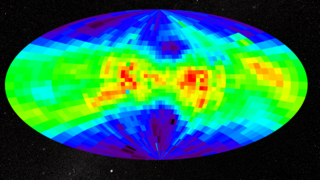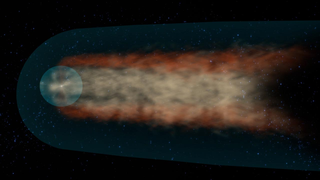Sun
ID: 11321
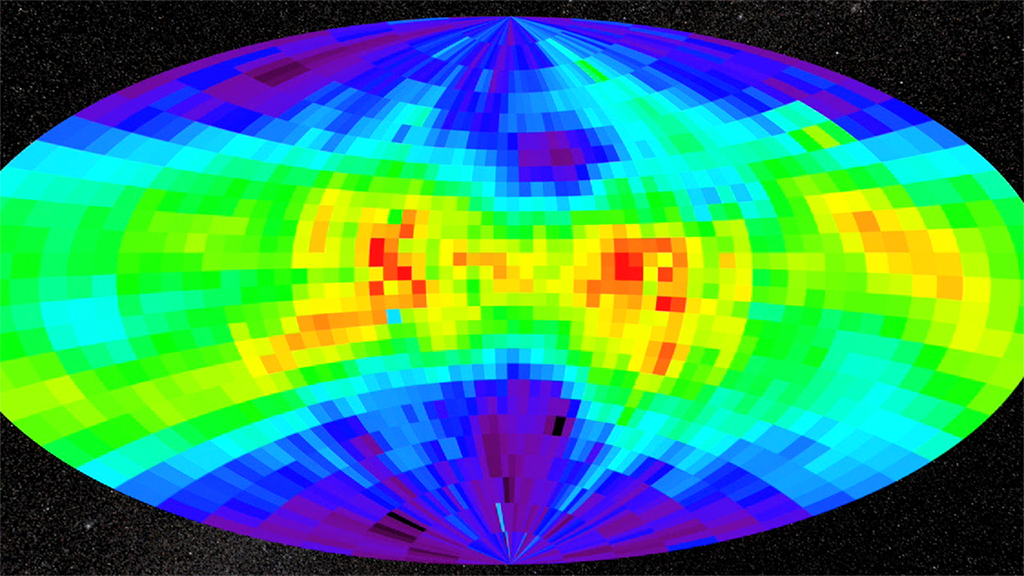
Our sun, like the planets that circle it, is moving through space. About every 230 million years it completes one orbit around the center of the Milky Way galaxy. The entire solar system comes along for the ride, of course, residing within a massive, magnetic bubble called the heliosphere. Like a brightly lit comet, it was assumed the heliosphere has a leading head and a trailing tail region where streams of charged particles released from the sun meet interstellar space. But the tail section has never been observed, until now. NASA’s Interstellar Boundary Explorer, or IBEX, spacecraft has mapped the boundaries of the tail for the first time. By combining observations from the first three years of IBEX imagery, scientists found that the tail is made of fast- and slow-moving particles that are twisted by the pushing and pulling of magnetic fields outside the solar system. Watch the video to learn more.
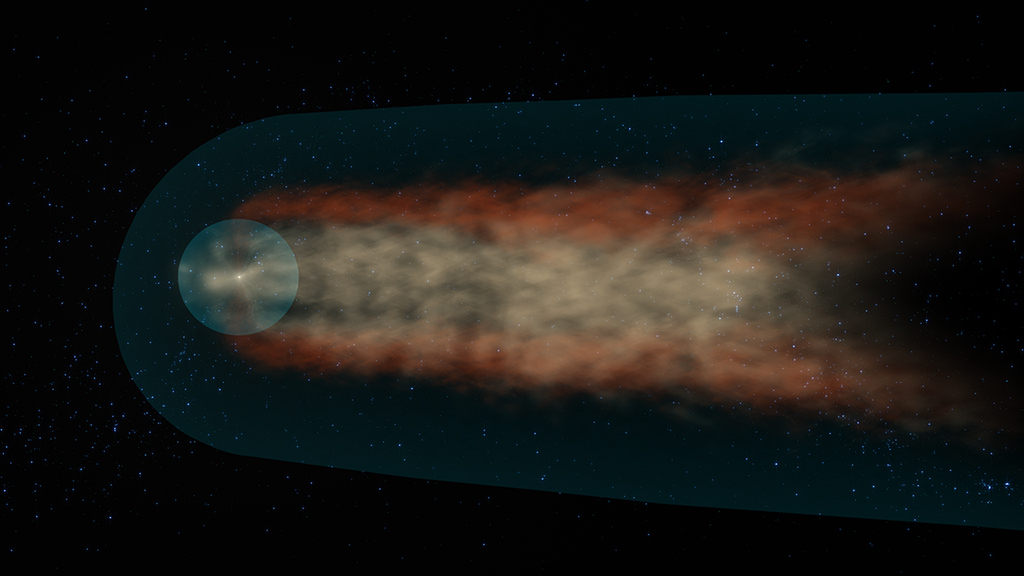

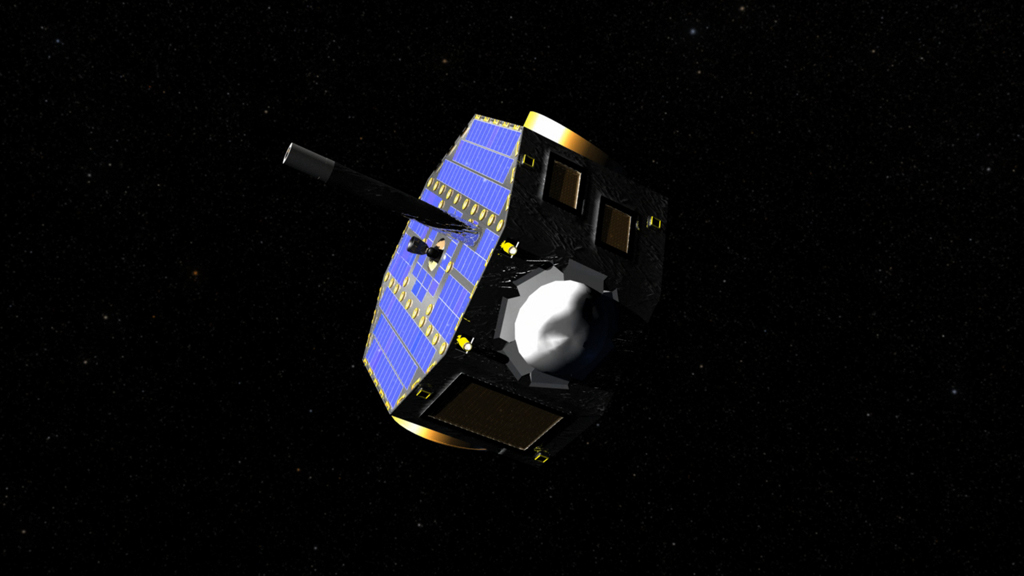
Downstream Colors




Related Stories
For More Information
Story Credits
Visualizers/Animators:
Michael Lentz (USRA)
Walt Feimer (HTSI)
Tom Bridgman (Global Science and Technology, Inc.)
Video Editor:
Genna Duberstein (USRA)
Narrator:
Erin McKinley (OSU)
Producer:
Genna Duberstein (USRA)
Lead Scientist:
Eric Christian Ph.D. (NASA/HQ)
Lead Writer:
Karen Fox (ADNET Systems, Inc.)
Michael Lentz (USRA)
Walt Feimer (HTSI)
Tom Bridgman (Global Science and Technology, Inc.)
Video Editor:
Genna Duberstein (USRA)
Narrator:
Erin McKinley (OSU)
Producer:
Genna Duberstein (USRA)
Lead Scientist:
Eric Christian Ph.D. (NASA/HQ)
Lead Writer:
Karen Fox (ADNET Systems, Inc.)
Please give credit for this item to:
NASA's Goddard Space Flight Center
Telescope images courtesy of NASA/ESA/JPL-Caltech/GSFC/SwRI
NASA's Goddard Space Flight Center
Telescope images courtesy of NASA/ESA/JPL-Caltech/GSFC/SwRI
Short URL to share this page:
https://svs.gsfc.nasa.gov/11321
Keywords:
DLESE >> Narrated
SVS >> App
NASA Science >> Sun
https://svs.gsfc.nasa.gov/11321
Keywords:
DLESE >> Narrated
SVS >> App
NASA Science >> Sun
